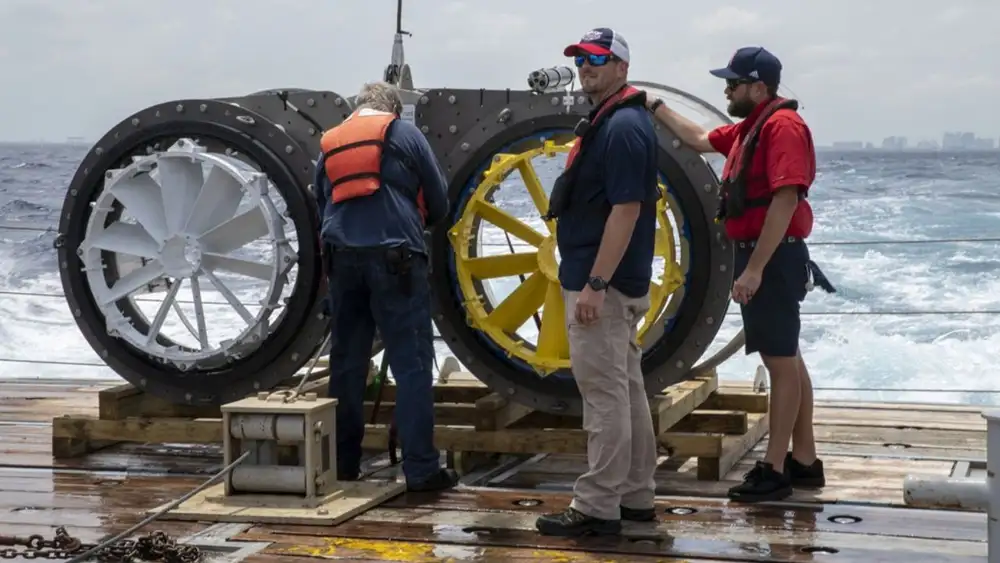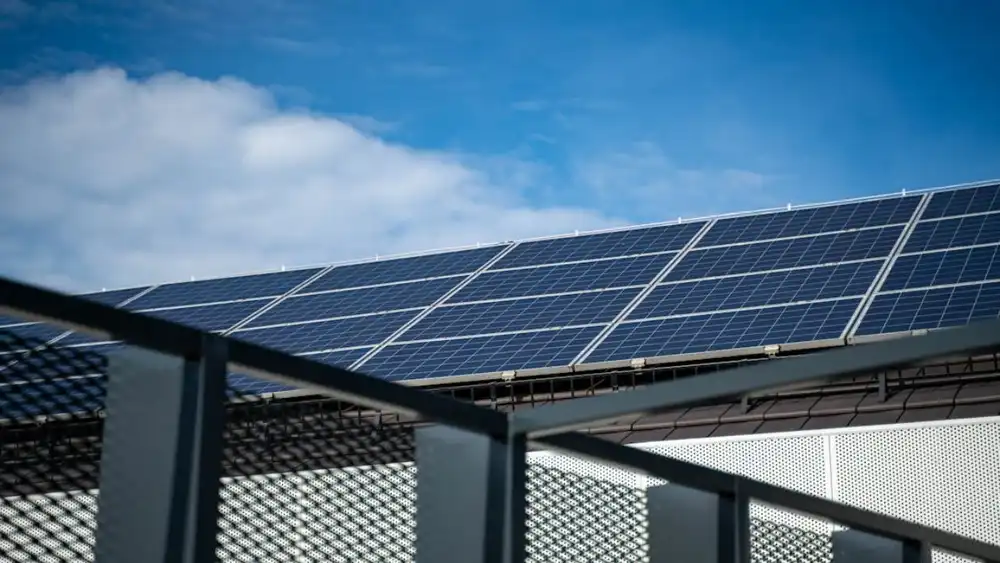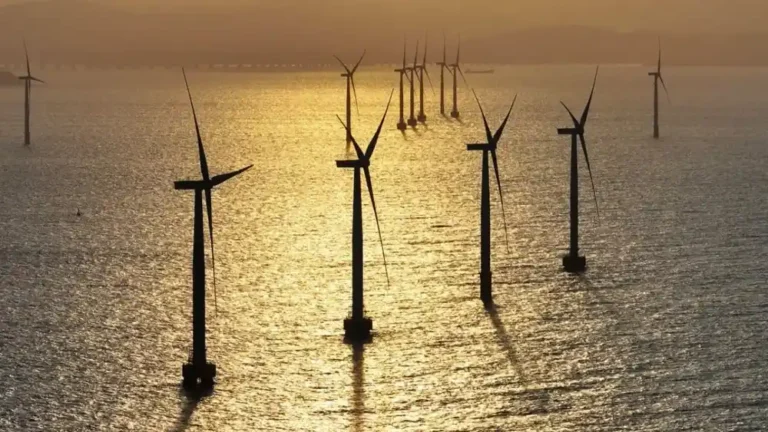
- $800,000 in grants from DOE for ocean current energy technology to FAU
- Southeast Florida poised to take national lead in renewable ocean energy innovation
- New offshore facility to tap into Florida Current to generate power
- Project tests commercial readiness and environmental suitability of ocean energy
The U.S. Department of Energy (DOE) is taking a giant leap in ocean-based renewable energy by committing $800,000 to Florida Atlantic University (FAU) for a project that would harness the power of ocean currents for electricity generation. This is set to transform Southeast Florida into a blue energy hub, bringing energy independence to the coastal areas and reducing carbon emissions.
Also read: Biden-Harris $3B Port Plan: Hydrogen Tech to Power Zero Emission Future
FAU is beginning a pioneering feasibility study off the coast of Palm Beach County with its Southeast National Marine Renewable Energy Center (SNMREC) to explore the ocean currents as renewable power sources. Such a study, for the first time in the United States, will focus on using the robust, steady Florida Current as a means of producing clean energy throughout the surrounding regions.
By partnering with organizations such as The City of Lake Worth Beach Electric Utility, European Marine Energy, and 3U Technologies, SNMREC would create a test facility dedicated to blue energy and place Southeast Florida at the top of the blue energy frontier.
The long-term aim is to develop a blue energy industry cluster, which will make ocean current technology able to provide everything from turbine development to undersea cables. “Our hope is that Southeast Florida becomes a key player in the global clean energy landscape,” said Dr. Gregg Fields, FAU’s Vice President for Research. With this new initiative, SNMREC hopes to encompass every facet of ocean energy development, from technical research to regional economic opportunities.
A grid-connected off-shore facility in the Florida Current is no small thing. Principal investigator Gabriel Alsenas, who serves as director at SNMREC, believes that only through safe, reliable, and efficient technology does ocean current energy become practical on a commercial scale.
Also read: Recurrent Energy Launches 100MW Solar PV Project in Texas
The facility is planned to phase the future construction by segmenting costs and ensuring that the constructed part is in place with blue economy technologies. Moreover, the facility is designed to support local economic growth along with engaging stakeholders.
Ocean currents, particularly the Florida Current, offer a unique advantage for the development of renewable energy—the resources are abundant, quite predictable, and always in continuous supply. Other alternative marine energy sources, particularly tidal and wave power, can be intermittent and will be less reliable at utility scale.
With the Florida Current located near the coast off Southeast Florida, SNMREC has the opportunity to develop energy solutions that may subsequently be replicated in other ocean current-rich regions.
As FAU’s SNMREC continues its feasibility study, Southeast Florida inches closer to energy independence via ocean currents. With the strong support of the DOE and industry leaders, the region may soon set a global standard in marine renewable energy, opening the door for cleaner, more sustainable coastal communities.






